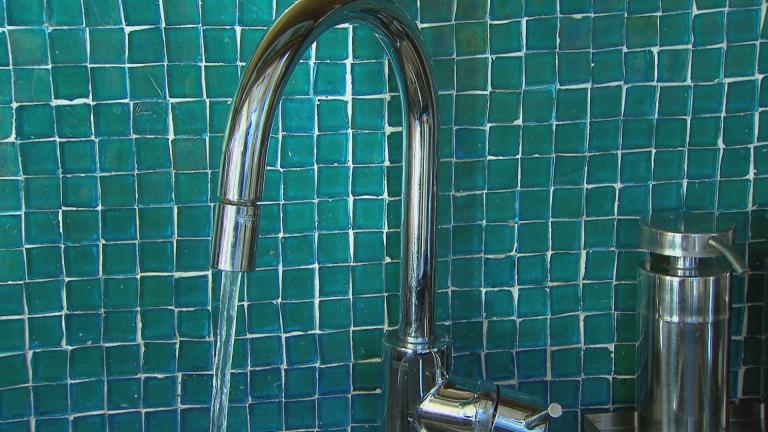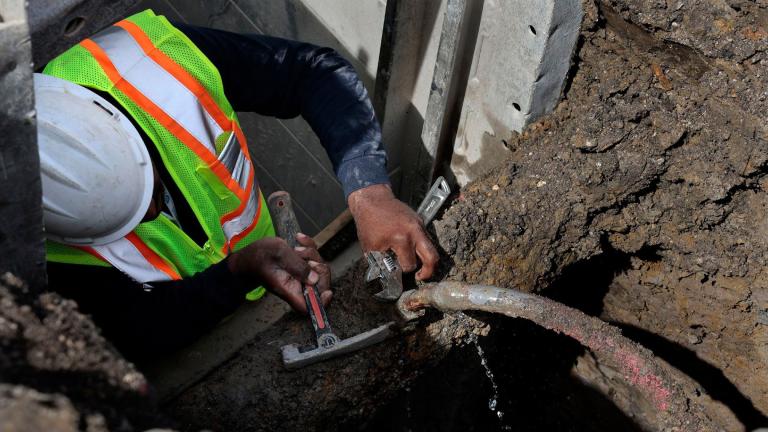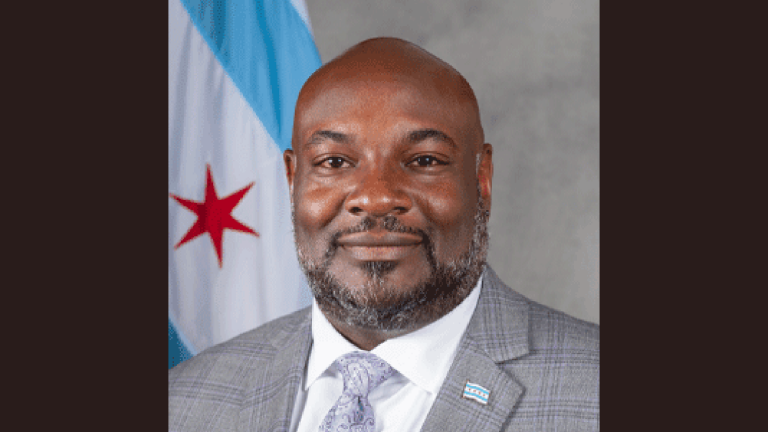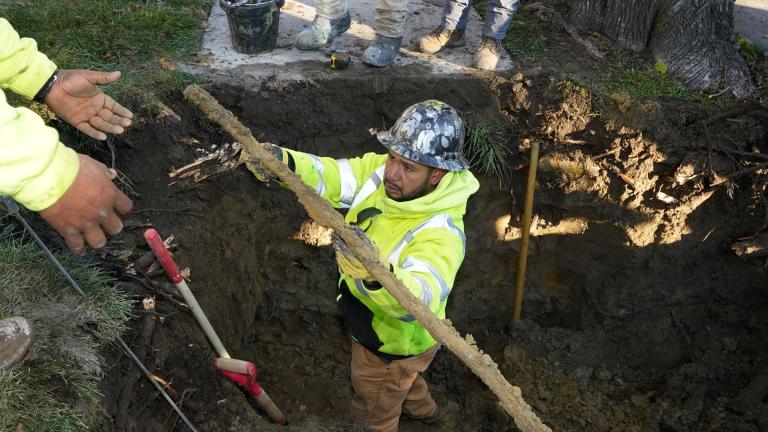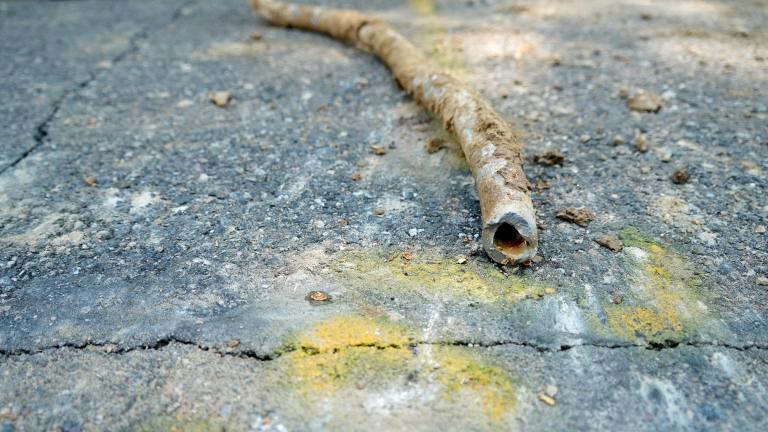More Chicago families would be eligible to have the lead service lines in their homes or two-flats replaced using federal funds after the program launched by Mayor Lori Lightfoot 10 months ago has been slow to get off the ground.
Lead service lines connect approximately 400,000 Chicago homes with water mains buried under city streets. Chicago has more of the lead service lines than any other American city because officials required that lead pipes be used to funnel water to single-family homes and small apartment buildings for nearly a century. Federal law banned the use of lead pipes in 1986, when it was discovered that they could cause brain-damaging toxins to leach into the water.
Lightfoot unveiled a plan in September 2020 to start slowly replacing the city’s lead service lines, using $15 million in federal grants to remove lead service lines in homes owned by low- and moderate-income Chicagoans.
City officials estimate that it will cost $15,000 to $26,000 to remove lead service lines from each home or two-flat in Chicago, or $8.5 billion in all.
The program did not begin accepting applications until March, officials said. It was limited to households that earn less than less than 80% of the area’s median income, or $74,550 annually for a family of four, whose tap water in their single-family home two-flat has more than 15 parts per billion of lead.
There is no safe level of lead in drinking water, according to federal officials.
The change announced Tuesday morning will allow any household with children younger than 18 that meets the income eligibility requirements to participate in the program, regardless of whether their home has an elevated level of lead in its drinking water, officials said.
Between mid-March and mid-June, approximately 100 Chicago households applied for the program, but no applications had been approved, according to a statement from a spokesperson for the Chicago Department of Water Management to WTTW News on June 16.
The city expects to be able to remove lead service lines from 600 homes with the federal money officials have available.
Work was expected to begin in early fall, according to city officials.
City officials did not immediately respond to a request from WTTW News on Tuesday morning for updated data on the number of applications submitted to water officials, their status and whether work is still set to start in the fall.
Lightfoot joined U.S. EPA head Michael Regan in May to urge federal lawmakers to pass President Joe Biden’s infrastructure plan, which could send billions of dollars to Chicago to replace the lead service lines. That legislation is still being negotiated in the U.S. Senate.
Contact Heather Cherone: @HeatherCherone | (773) 569-1863 | [email protected]
Note: This story was originally published July 27. It has been updated to include our “Chicago Tonight” discussion.

